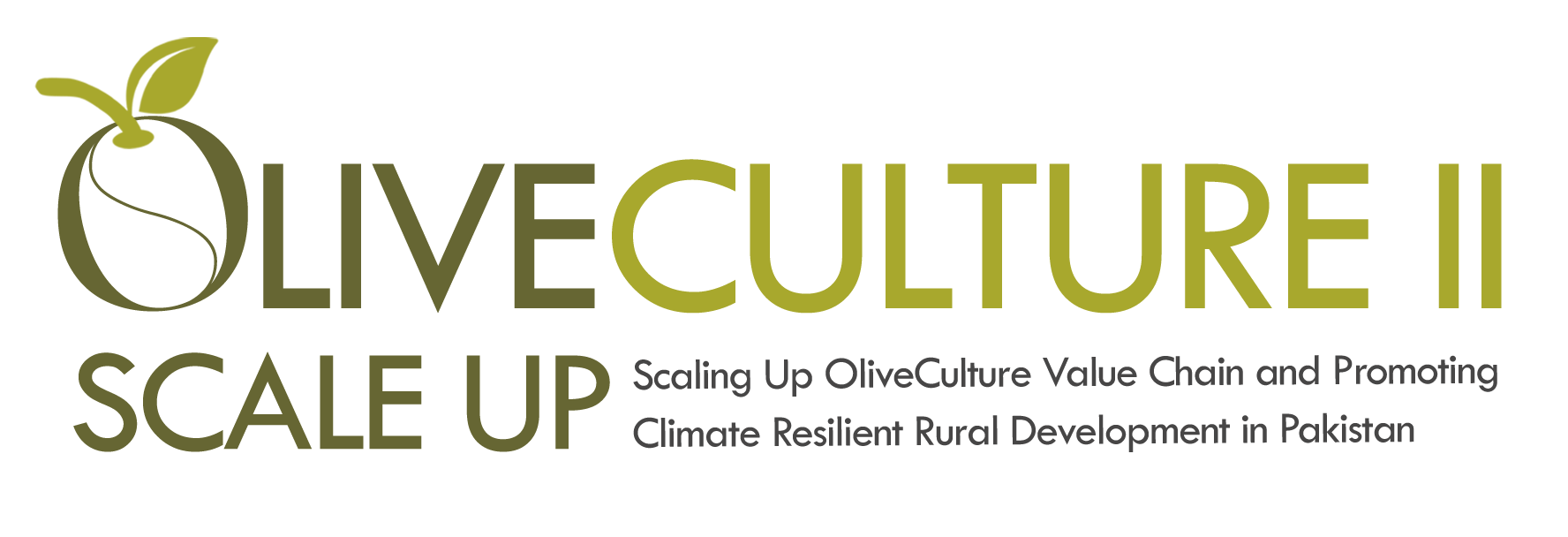Olive tree pruning is an act of removing selective and unwanted branches, shoots, or buds from an olive tree, This is done to maintain the shape and growth of an olive tree, It helps in improving the overall health, productivity and life of the tree, It also lets sunlight directly penetrate through the leaves because all unwanted branches are removed. This results in good production, whereby it rejuvenates old trees and strengthens younger trees.
Subsequently, the training system has the purpose of combining the natural vegetative and productive habits of the cultivated olive tree to the requirements of the farmer to obtain an abundant and constant production of high quality in a short time at the lowest possible cost. The most advisable training systems to apply in Pakistan are the vase and the globe systems. In this article, you will read all about the different types of pruning, their applications, and their importance. Moreover, some of the important tools used for pruning along with some recommendations for training systems are also discussed.
- Types of Pruning:
Taking the time and the purpose of execution and pruning following are some main kinds of pruning:
- Training pruning (young trees):
The main purpose of training pruning is to build a solid and functional scaffold. It is done to complete the scaffold of the tree in the shortest possible time. This leads to the early beginning of production in trees.
Recommendations:
Following are some of the things to look for during the training period of olive tree pruning:
- The thinning has to be reduced to a minimum, to accelerate and fasten the process of growth of the trees.
- Trees have to be trained with a single vertical trunk 1.0-1.2 m high to make possible the use of a trunk shaker to harvest olives (even when
- the harvest is now executed manually because in the future mechanization may become a target).
- The number of main branches should be 3-4 in the vase training system, and up to 4 -5 in the globe training system
- The main branches have to be inserted at distances of about 10 cm from one to the other.
- Production pruning (adult trees):The main objective of production pruning is to maintain the shape given to trees with training pruning. Furthermore, it also gives the chance to reach a good balance between vegetative and reproductive activities. This results in obtaining an abundant, high-quality, and constant production system. Another goal is to allow good lighting and aeration of the canopy to reach the trees. Aeration of the canopy is a useful technique to reduce the susceptibility to parasite exposure. Lastly, it can also eliminate parts attacked by parasites, and facilitate the execution of cultural practices, mainly pruning and harvesting which justifies the importance of this.
Where Olive Makes Fruit:
The olive makes flowers and fruits in the shoots grown in the year before (1-year-old shoots). Furthermore, the portion grown this year produces flowers and olives next year. Productive olive shoots are usually 20-50 cm long. This length depends on the cultivar, climatic factors and other cultural practices. It is important to look after the fact that shorter or longer shoots are often less fertile.
When To Prune:
In warm environments, pruning should be performed during rest starting after harvesting. Whereas, in relatively cold environments and weather, it is better to delay pruning to the last part of the rest period, because pruned trees are likely to be more sensitive to frosting temperatures. Suckers inside the canopy and at the base of the tree should also be removed in summer.
- Rejuvenating/regenerating/reshaping pruning (it represents an exceptional intervention, not an ordinary one).
The third type of pruning is used to rejuvenate old trees that have canopies with too much wood and that have become too high. In the case of trees that were abandoned for several years, there are two main ways to do it:
- If the canopy has not become excessively high, has not accumulated too much wood, and still presents some vegetation in its lower parts, the tree can be reshaped/rejuvenated by lowering down the main branches, adjusting their number, removing the suckers inside the canopy and by shortening the secondary branches that often are very long.
- If the canopy has become very high and has accumulated a lot of wood (main branches with large diameter and very high), the tree can be reshaped/rejuvenated by drastically shortening its main branches.
- Tools used for pruning
Some of the tools used in pruning include scissors, saws, and cutters. It is necessary to clean all these tools which are to be used in the pruning process with all precautionary measures like disinfectants to protect the plants from diseases. After cutting each tree, this equipment needs to be thoroughly washed with fungicide solution before moving to another tree, with a solution of 3 to 4% (30 to 40 grams of oxychloride per litre of water).
The Olive tree pruning needs to be thoroughly executed with utmost attention to detail and knowledge about the type and technique being used. If done properly results in good production results.
